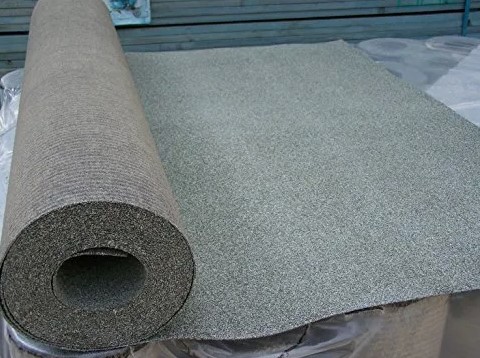
Roofing Felt Focus
Roofing felt plays an important role in safeguarding your home from the elements. Sitting beneath your shingles, felt acts as a silent guardian against water infiltration, drafts, and extreme temperatures. Our guide explores roof felt, looking at its types and applications.
Types of Roofing Felt
- Asphalt Felt: The most common and affordable option, asphalt felt is made from a bitumen-impregnated paper or fiberglass mat. It offers good water resistance and is suitable for low-sloped roofs
- Synthetic Felt: More durable and long-lasting than asphalt felt, synthetic felt is made from polyester or polypropylene. It is tear-resistant, fire-retardant, and ideal for steeper roofs
- Breathable Felt: This felt allows trapped moisture vapor to escape the roof deck, preventing condensation and mould growth. It's particularly beneficial in cold climates with fluctuating temperatures
- Ice and Water Shield: This self-adhesive membrane provides an extra layer of protection against ice dams and water infiltration in vulnerable areas like eaves and valleys
Applications of Roofing Felt
- Underlayment for Shingles: Provides a waterproof barrier and protects the roof deck from moisture damage
- Secondary Waterproofing Layer: Offers additional protection in areas prone to leaks, like valleys and around chimneys
- Improves Ventilation: Breathable felt allows moisture to escape, preventing mould growth and condensation buildup
- Reduces Heat Transfer: Certain felts can act as thermal insulators, improving energy efficiency
Choosing a Roofing Felt
- Roof pitch: Steeper roofs require a more durable felt with enhanced water resistance
- Climate: Go for breathable felt in cold climates and ice and water shield in areas prone to ice weather
- Budget: Asphalt felt is the most affordable option, while synthetic and breathable felts come at a premium
By understanding the types, applications, and installation tips, you can choose the right roofing felt for your specific needs and maximise your roof's lifespan and performance. Remember, investing in a quality underlayment is an investment in your home's protection and comfort. We advise you to regularly inspect your roof and replace any damaged or deteriorated roof felt promptly.
